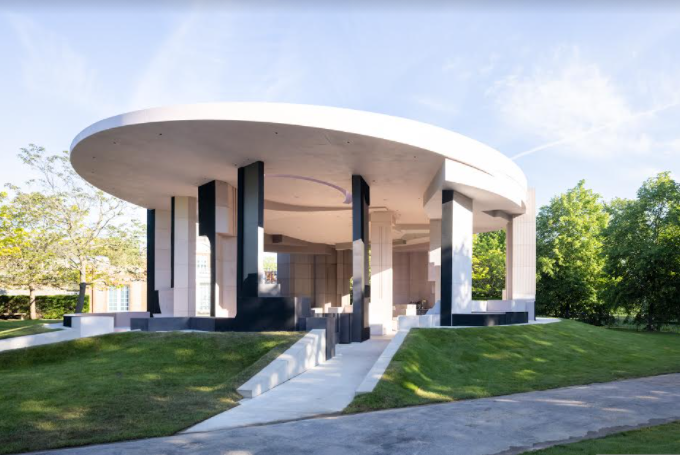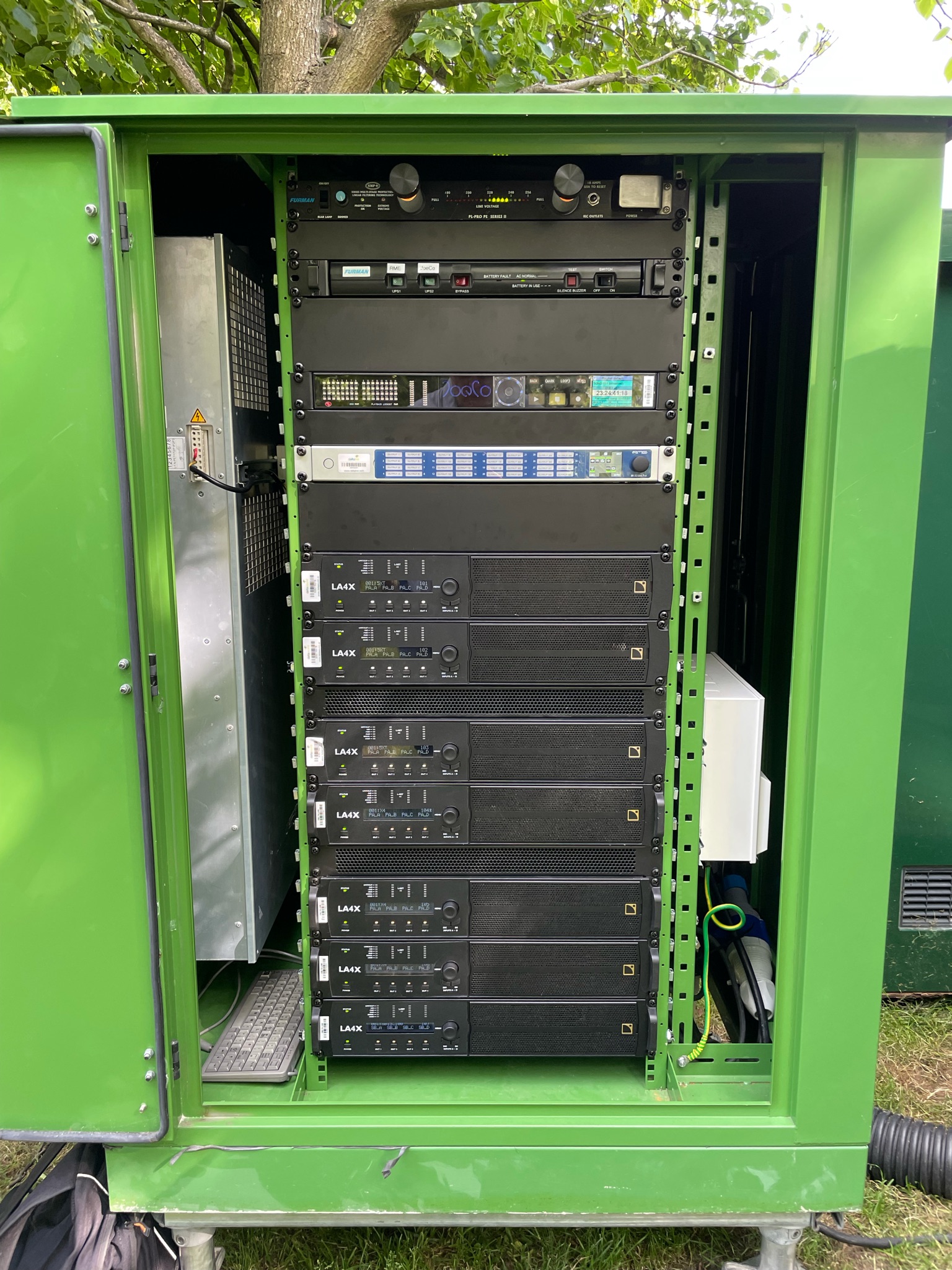Since 2005, London’s Kensington Gardens’ Serpentine Gallery has hosted its live programming in The Serpentine Pavilion, a temporary outdoor structure on the grounds that is redesigned each year by some of the world’s most promising talents in design. For its 20th Pavilion, the gallery will be playing host to In A Garden, a new generative music installation by famed musician, producer and activist Brian Eno. To bring his multi-layered sonic vision to life, Eno has utilised L-Acoustics L-ISA Immersive Hyperreal Sound to mix the new piece with the aid of the L-ISA Studio software suite at L-Acoustics Creations' immersive sound space in Highgate.
In A Garden is Eno’s contribution to Back to Earth, a multi-year project at Serpentine Galleries involving more than 60 leading artists, architects, poets, filmmakers, scientists, thinkers and designers, who have been invited to devise artist-led campaigns, protocols and initiatives responding to the environmental crisis, with the support of partner organisations and networks.
According to Eno, “This piece started life two years ago as what I call ‘country music’. In my use of the phrase, that doesn’t involve banjos and cowboys but is intended to be music that is an evocation of being in a landscape, in a place. This piece is what I call a generative piece: it’s a set of procedural rules allowed to work themselves out. Usually I do this in such a way that the piece changes all the time. In this instance however, because I wanted to take advantage of the L-Acoustics L-ISA spatialisation technology, the piece is essentially a long recording, looped.”
Eno notes that if a visitor arrives at midday two days in a row, they will hear almost the same music, which is described as a layered, stratified construction of sonic material. “Not exactly the same, because there are some random elements within the spatialisation itself,” he adds. “If it were a garden, it would be as though some of the plants had moved a bit during the night…”



